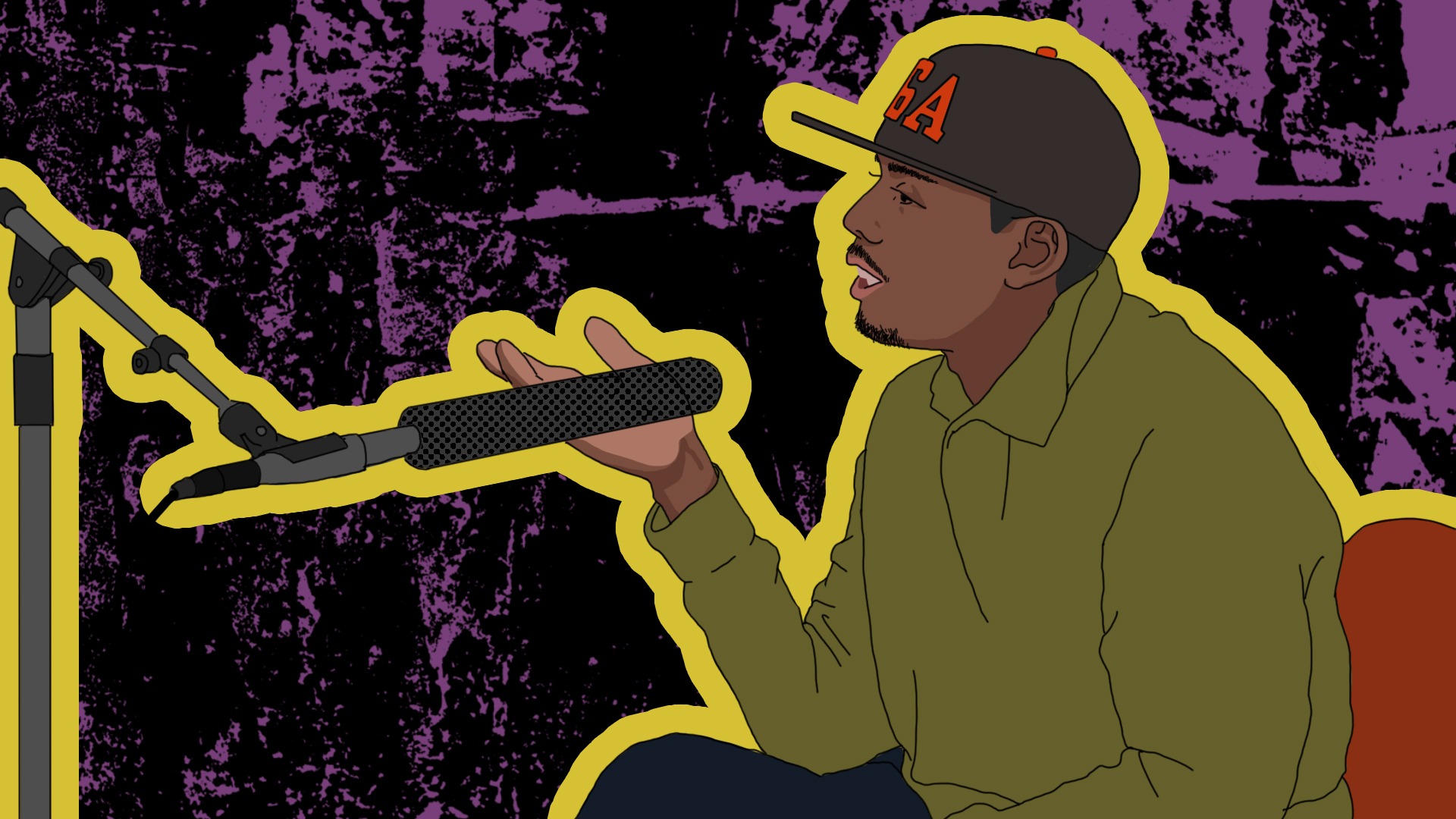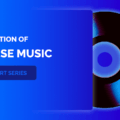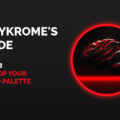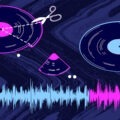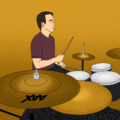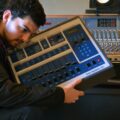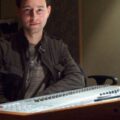In the first two instalments of our Sean Paine Workshop series (credits: Gucci, Future, Young Thug, 2Chainz, Migos, Fetty Wap, Waka, Sosa, and more), we covered getting wider reverbs and working with distorted vocal tracks. For this last article, Sean answers some questions and shares his pointers on how to create a memorable mix.
With the number of young beat makers rising, more content is being sold to artists and getting produced into songs. Mixing engineers are now challenged to mix sessions with a beat bounced to a single stereo track, versus a traditional multitrack session that would exceed hundreds of tracks. How’s this an issue? Keep on reading…
What makes a mix exciting, enjoyable, and memorable?
A mix is a craft, no matter what the genre or product is. The little subtleties, like FX or volume automation, are what make a mix sound alive. Submitting a single stereo bounce to an engineer stops them from being creative. Worst, submitting a mix in mono just takes out all the fun!
The common practice is that an artist purchases a beat and then records vocals on top to create a song. However the main issue with having the beat be a single bounce is that the engineer cannot manipulate any of the instruments or FX. If the drums are too loud or too soft, the level can’t be adjusted. If there’s a vocal melody that doesn’t fit but is already recorded, it can’t be removed. Because of this, artists should be looking into getting a multitrack whenever they purchase a beat, and beat makers should also promote this option.
If my beat is going to be played in a club, should I bounce it in mono?
The use of mono is a great tool to see if a mix is in phase, with no cancellations. However, most club sound systems aren’t properly configured. More often than not, one side of the room wouldn’t hear what’s going on on the other.
So, with all of these potential issues in play, should you bounce to mono?
Absolutely not!
As we mentioned at the start of this article, it’s the subtleties, the way the voice is panned to the side, the ambience, and use of delays applied throughout the song that make a mix memorable. Having a mix in mono is plain boring. No one in a club would even realize that they are listening to one side of a mix, but someone who is listening to your track on headphones or with home/studio speakers will call you out right away.
What about creating ambiences, and when is it too much?
You’re at the mix stage, panning instruments/voices to the side, adding reverbs, delays, maybe a ping pong delay. The mix is moving, but how do you know when to stop?
Sean explains that the use of effects is a personal preference. You can have a vocal sound absolutely wet or completely dry – there is no right or wrong way. A general guide is to not have it sounding too crazy as people are easily distracted; don’t guide the listener away from the essence of the song which is the lyrics. Add the SuperTap delay on the last word of the verse before a hook, or pan the ad-lib vocal tracks to the side during the chorus with a ping pong delay, but don’t have a delay bouncing side to side throughout a song as it would be too distracting. Sean pointed out that to him, a vocal drowning in reverb would sound washy and would lose intelligibility of the lyrics being sung.
Check out this video of Sean working on a mix in real time.
A good reference for use of delays would be Travis Scott’s “Antidote“. Notice how clean the track sounds, the minimal use of effects that’s just enough to keep the listener engaged.
Remember to be creative and subtle, but don’t be afraid to take chances.
Happy Mixing!
Questions, comments, or article requests?
Shoot us an email to [email protected]
Illustration by Yihong Guo
